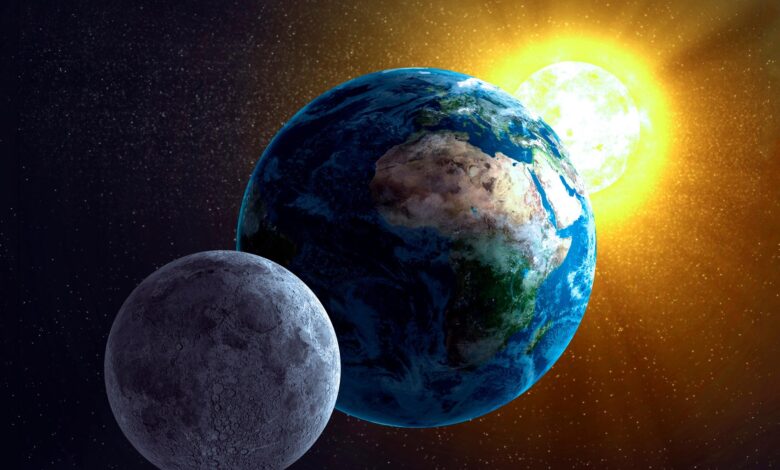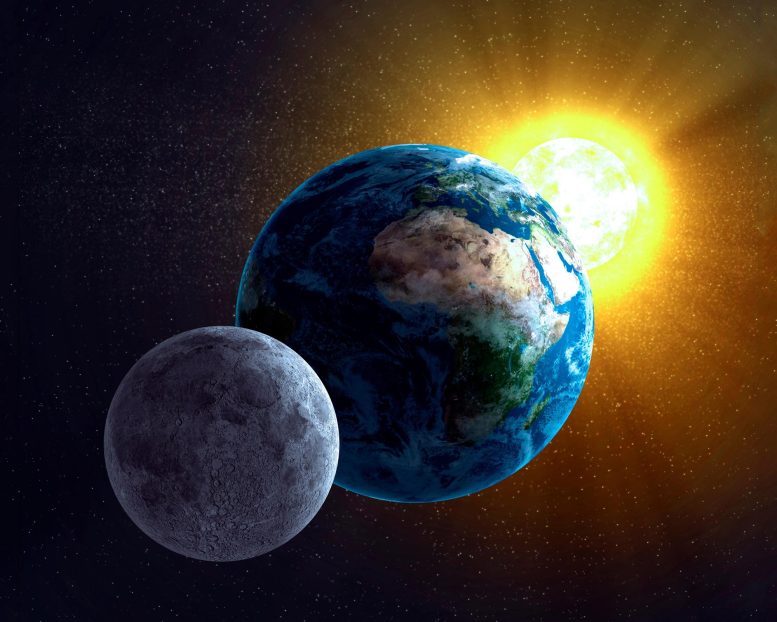Scientists Propose Saving Earth’s Species With a Lunar Biorepository


An international team of researchers has proposed establishing a lunar biorepository to preserve cryopreserved samples of Earth’s most endangered species, utilizing the Moon’s cold temperatures for long-term storage without human intervention. Led by Dr. Mary Hagedorn, this initiative aims to protect biodiversity from Earth-based threats and involves collaboration across nations and disciplines, despite facing challenges such as radiation and the need for robust space transport.
Researchers propose a lunar biorepository to protect Earth’s endangered species by utilizing the Moon’s cold temperatures for long-term storage of biological samples. This initiative seeks to overcome Earth’s natural and political risks by fostering global collaboration and developing new technologies for space transport and sample preservation.
Faced with the threat of extinction for numerous species, an international team of researchers has suggested a groundbreaking solution to safeguard the planet’s biodiversity: a lunar biorepository. As outlined in a recent article in the journal BioScience, this plan involves establishing a passive, enduring storage facility on the moon for cryopreserved samples of Earth’s most endangered animal species.
Led by Dr. Mary Hagedorn of the Smithsonian’s National Zoo and Conservation Biology Institute, the team envisions taking advantage of the Moon’s naturally cold temperatures, particularly in permanently shadowed regions near the poles, where temperatures remain consistently below –196 degrees Celsius. Such conditions are ideal for long-term storage of biological samples without the need for human intervention or power supplies, two factors that could threaten the resilience of Earth-based repositories. Other key advantages of a lunar facility include protection from Earth-based natural disasters, climate change, and geopolitical conflicts.
Initial Steps and Collaborative Efforts
An initial focus in the development of a lunar biorepository would be on cryopreserving animal skin samples with fibroblast cells. The author team has already begun developing protocols using the Starry Goby (Asterropteryx semipunctata) as an exemplar species, with other species to follow. The authors also plan to “leverage the continental-scale sampling that is currently underway at the U S National Science Foundation’s National 190 Ecological Observatory Network (NEON)” as a source for future fibroblast cell development.
Challenges to be addressed include developing robust packaging for space transport, mitigating radiation effects, and establishing the complex international governance frameworks for the repository. The authors call for broad collaboration among nations, agencies, and international stakeholders to realize this decades-long program. The next steps include expanding partnerships, particularly with space research agencies, and conducting further testing on Earth and aboard the International Space Station.
Despite the challenges to be overcome, the authors highlight that the need for action is acute: “Because of myriad anthropogenic drivers, a high proportion of species and ecosystems face destabilization and extinction threats that are accelerating faster than our ability to save these species in their natural environment.”
Reference: “Safeguarding Earth’s biodiversity by creating a lunar biorepository” by Mary Hagedorn, Lynne R Parenti, Robert A Craddock, Pierre Comizzoli, Paula Mabee, Bonnie Meinke, Susan M Wolf, John C Bischof, Rebecca D Sandlin, Shannon N Tessier and Mehmet Toner, 31 July 2024, BioScience.
DOI: 10.1093/biosci/biae058



